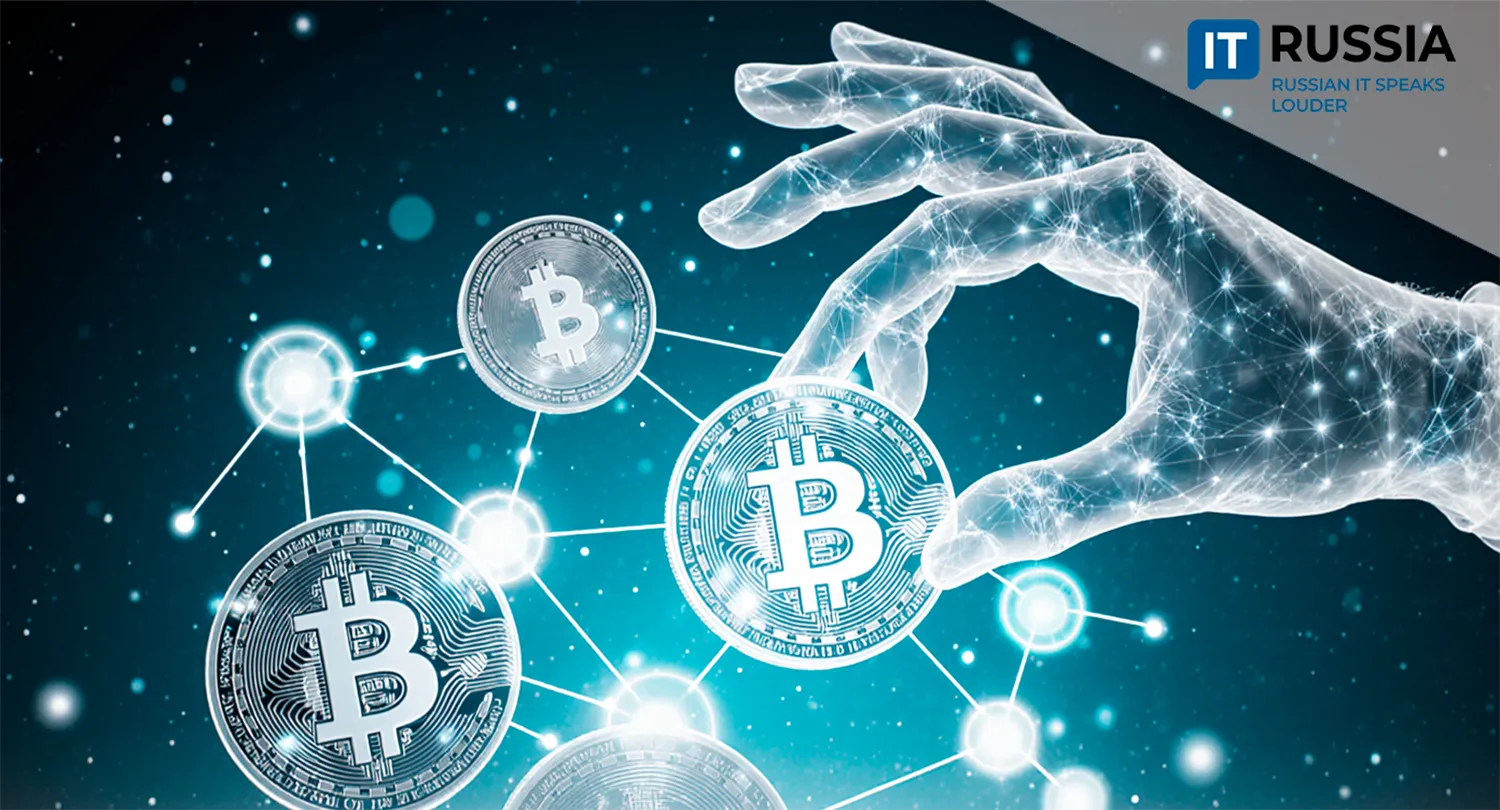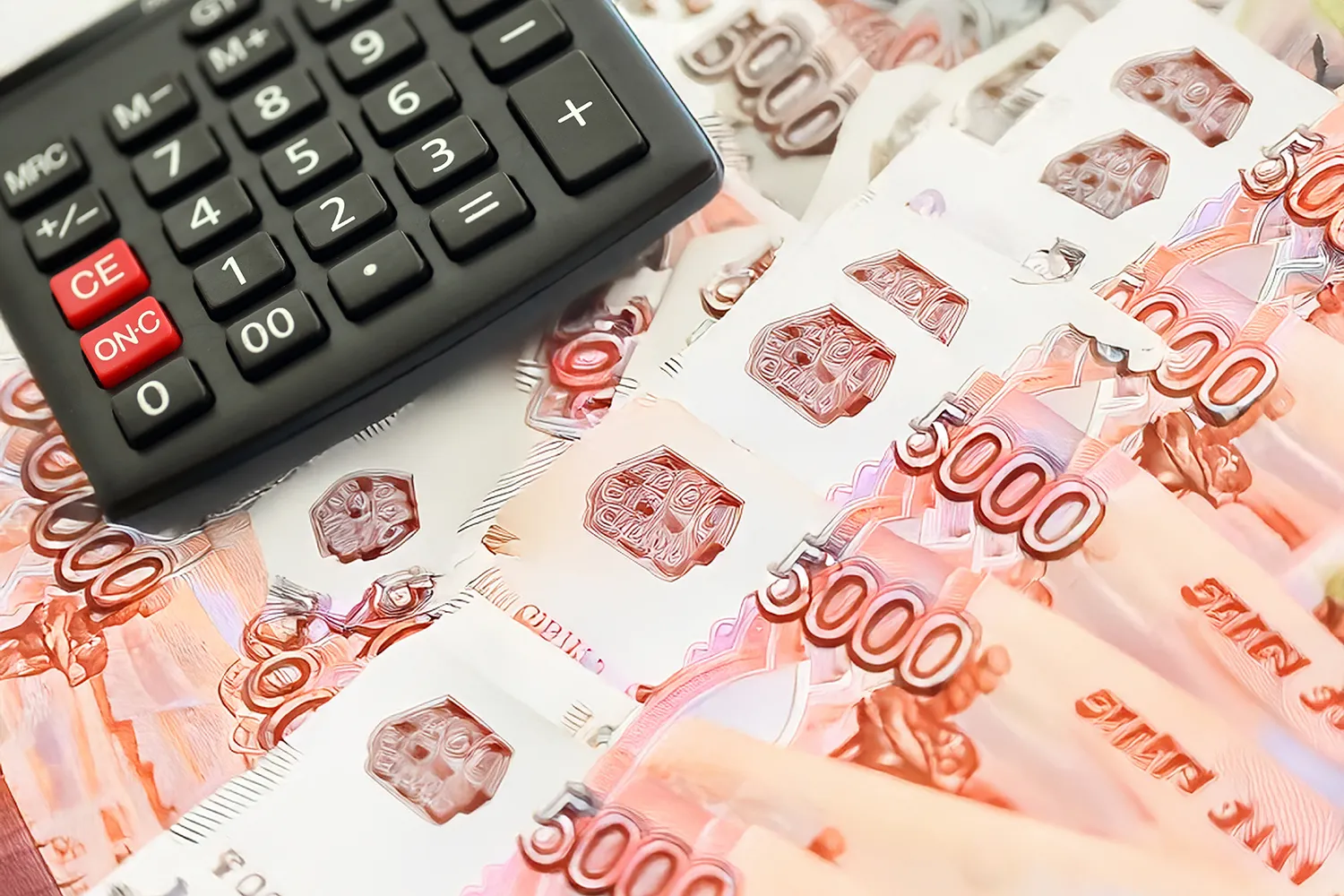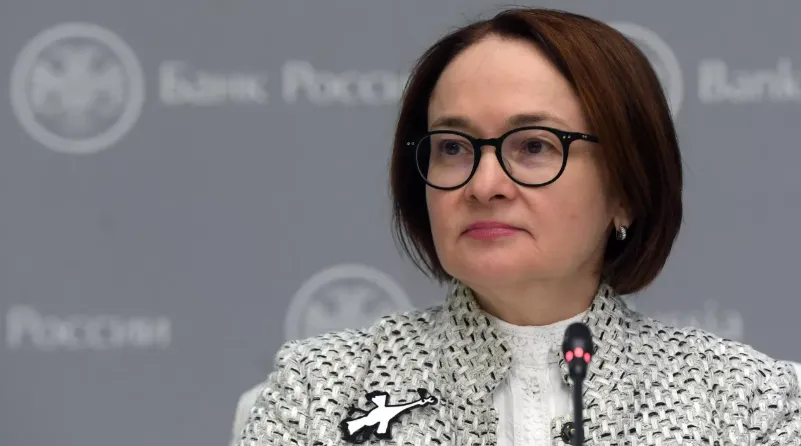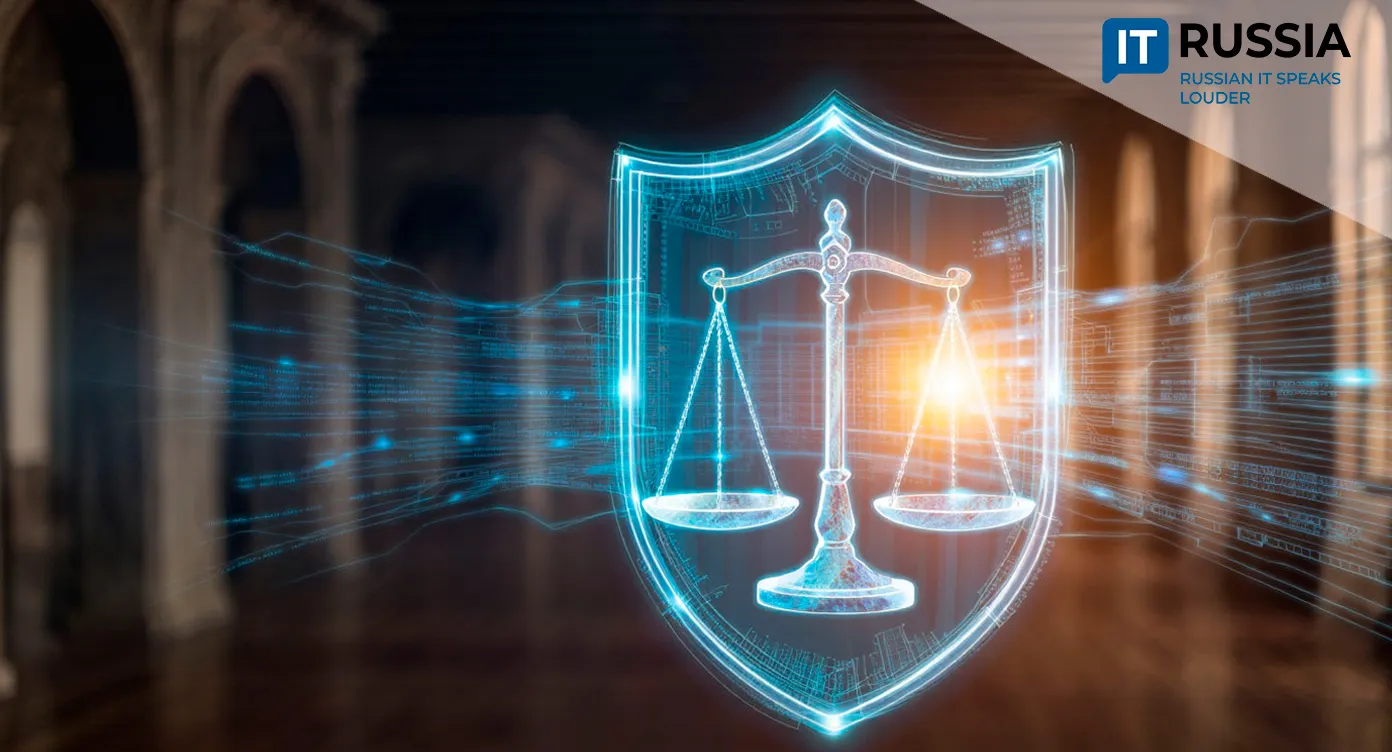Digital Assets in Russia: The Central Bank Brings Order to the Market

Russia’s Central Bank is taking decisive steps to regulate one of the country’s fastest-growing financial segments – tokenized credit-based digital financial assets (DFAs).
Control over chaos
In August, the Bank of Russia announced the development of a dedicated accounting system for DFAs, along with a framework for evaluating their risks. The regulator plans to oversee issuance and circulation while restricting access to these tools for non-qualified retail investors.
Digital financial assets represent tokenized obligations issued by banks or corporations. These tokens can be backed by debt instruments or other forms of collateral. They allow investors to finance loan portfolios and earn income from interest payments. Russia’s DFA market has expanded rapidly since the adoption of the 2020 digital rights law, which provided a legal foundation for asset tokenization.

By the end of Q2 2025, the combined value of outstanding DFA issuances had surged by 40% compared to Q1, reaching over $6.4bn (514 billion rubles). Since the beginning of 2025, the total volume of placed digital assets has nearly doubled.
Risk zones
Retail participation has grown at a blistering pace: from just 1,500 users to more than 416,000 individuals since January 2025. This sharp increase has raised concerns at the Central Bank. Officials argue that risk disclosures, collateral structures, and return expectations remain insufficiently transparent. This lack of clarity creates potential threats for retail investors, who may not fully grasp the risks involved.
To address this, the Bank of Russia is preparing two key measures. First, DFA issuers will be required to provide detailed information about each token’s structure, collateral, credit risks, and repayment terms. Second, beginning in 2026, only qualified investors — those with significant capital and financial literacy — will be permitted to purchase credit-based DFAs.
Balancing innovation with safety
DFA regulation represents a crucial step toward a sustainable digital economy. Without oversight, the rapidly expanding sector could generate systemic risks — from widespread defaults on tokenized loans to speculative bubbles fueled by excessive demand. Clear rules are expected to strengthen trust, attract institutional investors, and create a foundation for long-term growth.

This effort is part of Russia’s broader financial digitalization strategy, which also includes the digital ruble, unified digital profiles, and expanded online banking services.
In the short term, limiting retail access will likely reduce liquidity and trading volumes. Yet in the long run, the market could become more resilient: participants will be more professional, demand structures more stable, and volatility lower. Institutional investors, funds, and high-net-worth individuals are set to dominate.
Looking ahead
Russia’s DFA market continues to evolve under sanctions and partial technological isolation. If the regulatory model proves effective — combining low default rates, high transparency, and resilience — it may attract interest from countries just beginning to explore asset tokenization. The model of blockchain-backed transparency, coupled with firm state oversight, could prove especially appealing abroad.

By 2026, the DFA landscape in Russia will be more professional but less mass-market. Institutional players and specialized platforms will gain importance. In the long run, integration with the digital ruble and other pillars of the digital economy remains a possibility.
These developments mark the transition from experimental financial tools to a regulated, transparent digital financial environment — signaling a new chapter in Russia’s digital economy.










































